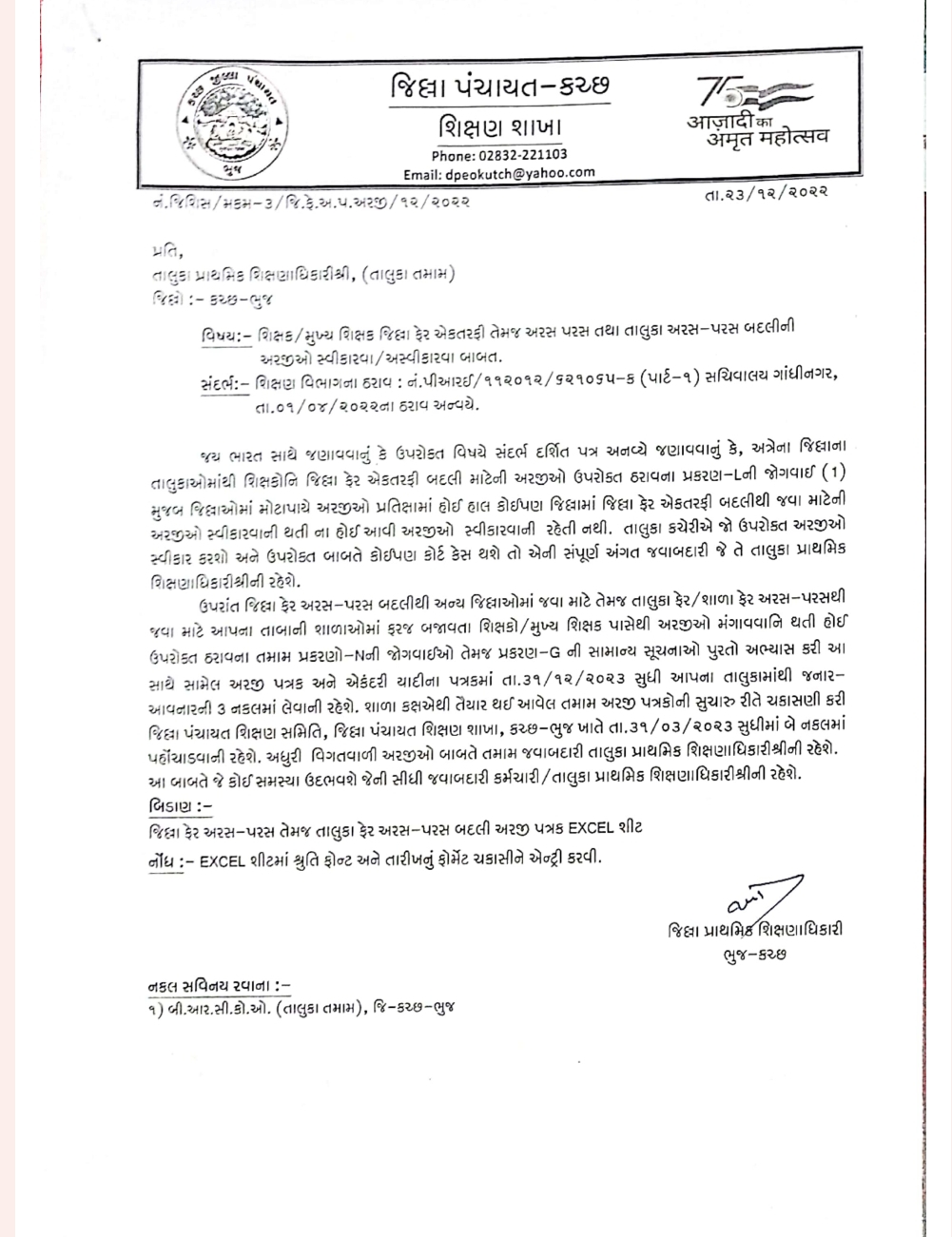Columbia University
Columbia University was founded in 1754 as King's College by royal charter of King George II of England. It is the oldest institution of higher learning in the state of New York and the fifth oldest in the United States.
Controversy preceded the founding of the College, with various groups competing to determine its location and religious affiliation. Advocates of New York City met with success on the first point, while the Anglicans prevailed on the latter. However, all constituencies agreed to commit themselves to principles of religious liberty in establishing the policies of the College.
Two storey brick building with cemetery in frontColumbia's first home: Trinity Church schoolhouse
In July 1754, Samuel Johnson held the first classes in a new schoolhouse adjoining Trinity Church, located on what is now lower Broadway in Manhattan. There were eight students in the class. At King's College, the future leaders of colonial society could receive an education designed to "enlarge the Mind, improve the Understanding, polish the whole Man, and qualify them to support the brightest Characters in all the elevated stations in life." One early manifestation of the institution's lofty goals was the establishment in 1767 of the first American medical school to grant the M.D. degree.
The American Revolution brought the growth of the college to a halt, forcing a suspension of instruction in 1776 that lasted for eight years. However, the institution continued to exert a significant influence on American life through the people associated with it. Among the earliest students and trustees of King's College were John Jay, the first chief justice of the United States; Alexander Hamilton, the first secretary of the treasury; Gouverneur Morris, the author of the final draft of the U.S. Constitution; and Robert R. Livingston, a member of the five-man committee that drafted the Declaration of Independence.
The college reopened in 1784 with a new name—Columbia—that embodied the patriotic fervor that had inspired the nation's quest for independence. The revitalized institution was recognizable as the descendant of its colonial ancestor, thanks to its inclination toward Anglicanism and the needs of an urban population, but there were important differences: Columbia College reflected the legacy of the Revolution in the greater economic, denominational, and geographic diversity of its new students and leaders. Cloistered campus life gave way to the more common phenomenon of day students who lived at home or lodged in the city. horses pull a streetcar in front of a four storey Gotchic building
💥 *ફિક્સ પે આધારિત ભરતી પ્રથા નાબૂદ થવાના એંધાણ*

કેન્દ્રીય મંત્રી શ્રી અમિતભાઈ શાહના માધ્યમથી બેગ લેસ શિક્ષણ વિશે અગત્યનો વીડિયો જોવા ક્લિક કરો
7th Pay Commission: नए साल में नई खुशखबरी आएगी! 1 जनवरी को केंद्रीय कर्मचारियों को DA Hike पर मिलेगी गुड न्यूज


મહત્વપૂર્ણ લિંક
અતિશય ઠંડીના કારણે શાળા સમય ફેરફાર બાબત જુનાગઢ તા. 5-1-2023 નો લેટર વાંચવા માટે અહીં ક્લિક કરો
When Seth Low became Columbia's president in 1890, he vigorously promoted the university ideal for the College, placing the fragmented federation of autonomous and competing schools under a central administration that stressed cooperation and shared resources. Barnard College for women had become affiliated with Columbia in 1889; the medical school came under the aegis of the University in 1891, followed by Teachers College in 1893. The development of graduate faculties in political science, philosophy, and pure science established Columbia as one of the nation's earliest centers for graduate education. In 1896, the trustees officially authorized the use of yet another new name, Columbia University, and today the institution is officially known as Columbia University in the City of New York.
Cars drive along 116th Street with Alma Mater in the foreground
Columbia's fourth home: Morningside Heights
Low's greatest accomplishment, however, was moving the university from Forty-ninth Street to the more spacious Morningside Heights campus, designed as an urban academic village by McKim, Mead, and White, the renowned turn-of-the-century architectural firm. Architect Charles Follen McKim provided Columbia with stately buildings patterned after those of the Italian Renaissance. The University continued to prosper after its move uptown in 1897.

*✍️📢📚 મહેકમ ની માહિતી મોકલવા બાબત*
◆ પરિપત્ર ડાઉનલોડ કરવા અહીં ક્લિક કરો
IMPORTANT LINKS
| CBSE Class 10th & 12th Exam time Table PDF | Click here |
કેન્દ્રીય મંત્રી શ્રી અમિતભાઈ શાહના માધ્યમથી બેગ લેસ શિક્ષણ વિશે અગત્યનો વીડિયો જોવા ક્લિક કરો
ઉચ્ચ તરફ પ્રાથમિક વિભાગ માટે અગત્યના આજના ન્યુઝ
કેન્દ્રીય મંત્રી શ્રી અમિતભાઈ શાહના માધ્યમથી બેગ લેસ શિક્ષણ વિશે અગત્યનો વીડિયો જોવા ક્લિક કરો
10 days બેગ લેસ શિક્ષણ બાબતે અગત્યની માર્ગદર્શિકા શિક્ષણ વિભાગ તરફથી જાહેર
you want to show your friends and family some sincerely cursed GIFs, consider giving this a try. We're not responsible if they dissociate from you."- Mashable
મહત્વપૂર્ણ લિંક્સ
HRA નિયમ ફેરફાર અંગે વાચવા અહી ક્લિક કરો
7th Pay Commission: नए साल में नई खुशखबरी आएगी! 1 जनवरी को केंद्रीय कर्मचारियों को DA Hike पर मिलेगी गुड न्यूज


અતિશય ઠંડીના કારણે શાળા સમય ફેરફાર બાબત જુનાગઢ તા. 5-1-2023 નો લેટર વાંચવા માટે અહીં ક્લિક કરો
In 1857, the College moved from Park Place, near the present site of city hall, to Forty-ninth Street and Madison Avenue, where it remained for the next forty years. During the last half of the nineteenth century, Columbia rapidly assumed the shape of a modern university. The Columbia School of Law was founded in 1858. The country's first mining school, a precursor of today's Fu Foundation School of Engineering and Applied Science, was established in 1864 and awarded the first Columbia Ph.D. in 1875.
When Seth Low became Columbia's president in 1890, he vigorously promoted the university ideal for the College, placing the fragmented federation of autonomous and competing schools under a central administration that stressed cooperation and shared resources. Barnard College for women had become affiliated with Columbia in 1889; the medical school came under the aegis of the University in 1891, followed by Teachers College in 1893. The development of graduate faculties in political science, philosophy, and pure science established Columbia as one of the nation's earliest centers for graduate education. In 1896, the trustees officially authorized the use of yet another new name, Columbia University, and today the institution is officially known as Columbia University in the City of New York.
Cars drive along 116th Street with Alma Mater in the foreground
Columbia's fourth home: Morningside Heights
Low's greatest accomplishment, however, was moving the university from Forty-ninth Street to the more spacious Morningside Heights campus, designed as an urban academic village by McKim, Mead, and White, the renowned turn-of-the-century architectural firm. Architect Charles Follen McKim provided Columbia with stately buildings patterned after those of the Italian Renaissance. The University continued to prosper after its move uptown in 1897.



